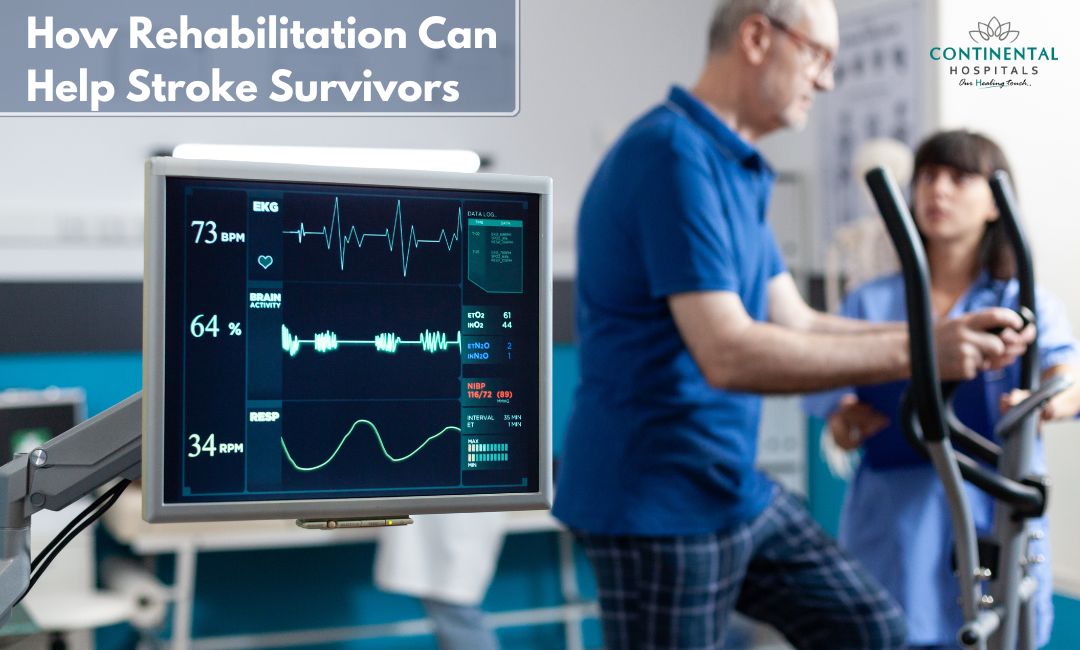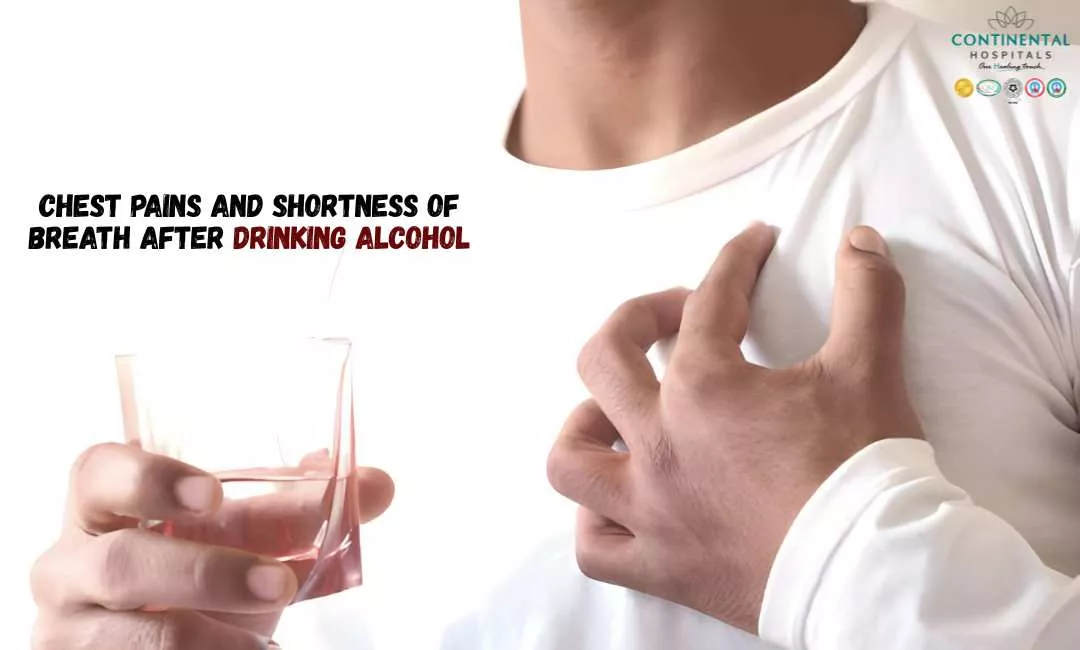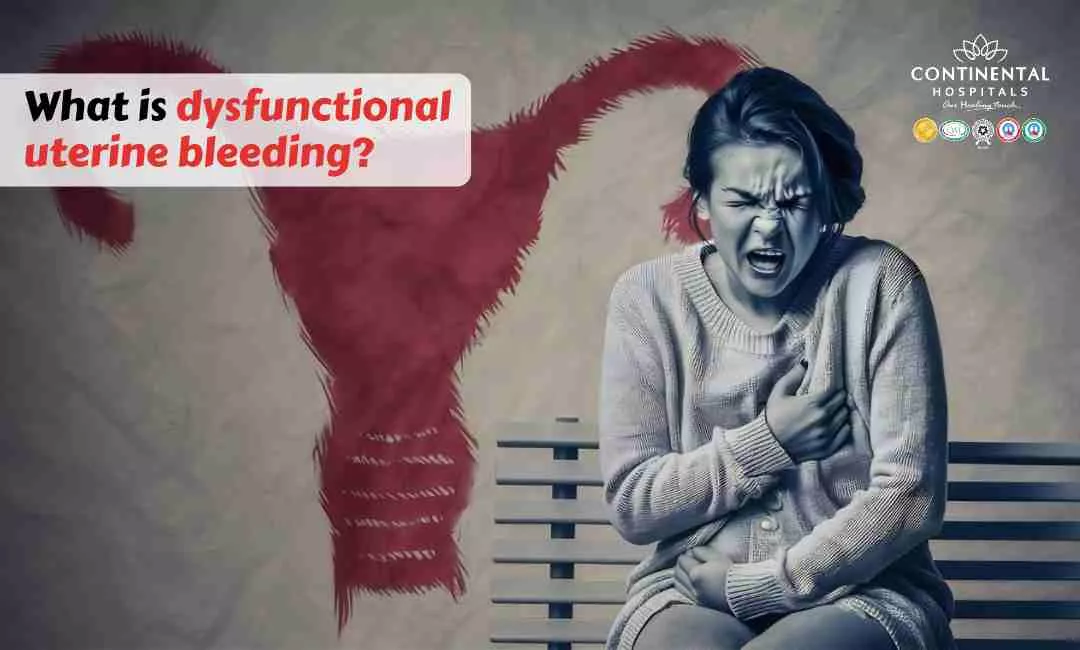A stroke can be a life-altering event, affecting a person’s ability to move, speak, and even think clearly. However, with the right rehabilitation, stroke survivors can regain much of their independence and quality of life. In this blog, we will explore what stroke rehabilitation is, how it works, and the factors that can affect its outcomes.
What is Stroke Rehabilitation?
Stroke rehabilitation is a process designed to help individuals recover after a stroke. It involves various therapies and support systems aimed at restoring skills lost due to the stroke. This can include physical, speech, and occupational therapy. The primary goal of rehabilitation is to help stroke survivors regain as much function as possible and to adapt to any changes in their abilities.
Rehabilitation often begins in the hospital shortly after the stroke and can continue for months or even years. It may take place in different settings, including:
- Inpatient rehabilitation centers: These are specialized facilities where patients receive intensive therapy.
- Outpatient rehabilitation: Patients attend therapy sessions at a clinic while living at home.
- Home health care: Therapists visit the patient at home to provide therapy.
Rehabilitation is personalized to meet the individual needs of each stroke survivor. The healthcare team typically includes doctors, nurses, physical therapists, occupational therapists, speech therapists, and social workers. Together, they work to create a rehabilitation plan that focuses on the survivor’s specific challenges and goals.
Types of Rehabilitation Therapies
Physical Therapy (PT): This therapy focuses on improving movement and strength. It helps stroke survivors regain their ability to walk, balance, and perform everyday activities. Physical therapists use exercises and techniques tailored to the individual’s needs.
Occupational Therapy (OT): OT helps stroke survivors learn how to perform daily tasks, such as dressing, cooking, and bathing. Occupational therapists work on fine motor skills, coordination, and strategies to make activities easier.
Speech and Language Therapy: Many stroke survivors experience difficulties with speaking, understanding language, or swallowing. Speech therapists provide exercises and strategies to improve communication and swallowing abilities.
Psychological Support: Stroke can also affect mental health. Emotional support and counseling may be part of rehabilitation to help survivors cope with anxiety, depression, or changes in self-image.
Factors Affecting Stroke Rehabilitation Outcomes
The effectiveness of stroke rehabilitation can vary widely among individuals. Several factors can influence the outcome of rehabilitation:
Severity of the Stroke: The extent of brain damage caused by the stroke significantly impacts recovery. Those who experience a milder stroke may have a better chance of regaining function compared to those with severe impairments.
Time to Rehabilitation: Starting rehabilitation as soon as possible can lead to better outcomes. The brain is particularly adaptable in the early days and weeks after a stroke, making early intervention crucial.
Age: Younger stroke survivors often have better recovery outcomes compared to older adults. This may be due to the greater plasticity of younger brains and fewer age-related health issues.
Overall Health: A person’s overall health and medical conditions can affect their ability to recover. Conditions like diabetes, heart disease, or obesity can complicate rehabilitation efforts.
Support Systems: The support of family, friends, and caregivers plays a vital role in recovery. A strong support system can provide encouragement and assistance in the rehabilitation process.
Motivation and Attitude: A positive attitude and motivation can significantly influence rehabilitation success. Survivors who are actively engaged and committed to their recovery tend to achieve better results.
Therapy Frequency and Intensity: Regular and intensive therapy sessions usually lead to better outcomes. Patients who participate in consistent rehabilitation programs often make more progress.
Access to Resources: Availability of rehabilitation services and facilities can vary. Access to high-quality rehabilitation resources can enhance recovery efforts.
The Importance of Setting Goals
Setting realistic and achievable goals is a crucial part of the rehabilitation process. Goals should be specific, measurable, and tailored to the individual’s needs. This could include goals like improving walking ability, regaining the ability to dress independently, or enhancing communication skills.
By breaking down larger goals into smaller, manageable steps, stroke survivors can track their progress and stay motivated. Celebrating small achievements along the way can boost confidence and provide a sense of accomplishment.
The Role of Technology in Rehabilitation
Technology is increasingly being used in stroke rehabilitation to enhance recovery. Tools such as virtual reality, robotic therapy, and mobile apps can make therapy more engaging and effective. These technologies can provide real-time feedback and allow for personalized exercises tailored to the individual’s progress.
Telehealth services are also becoming more common, allowing stroke survivors to access therapy and support remotely. This can be especially beneficial for those who have difficulty travelling to rehabilitation centers.
Conclusion
Stroke rehabilitation is a vital process that can significantly improve the lives of survivors. Through various therapies and support systems, individuals can regain independence and enhance their quality of life. While the journey to recovery may be challenging, understanding the factors that influence rehabilitation outcomes can empower stroke survivors and their families to make informed decisions about their care.
Related Blogs:
.webp)














